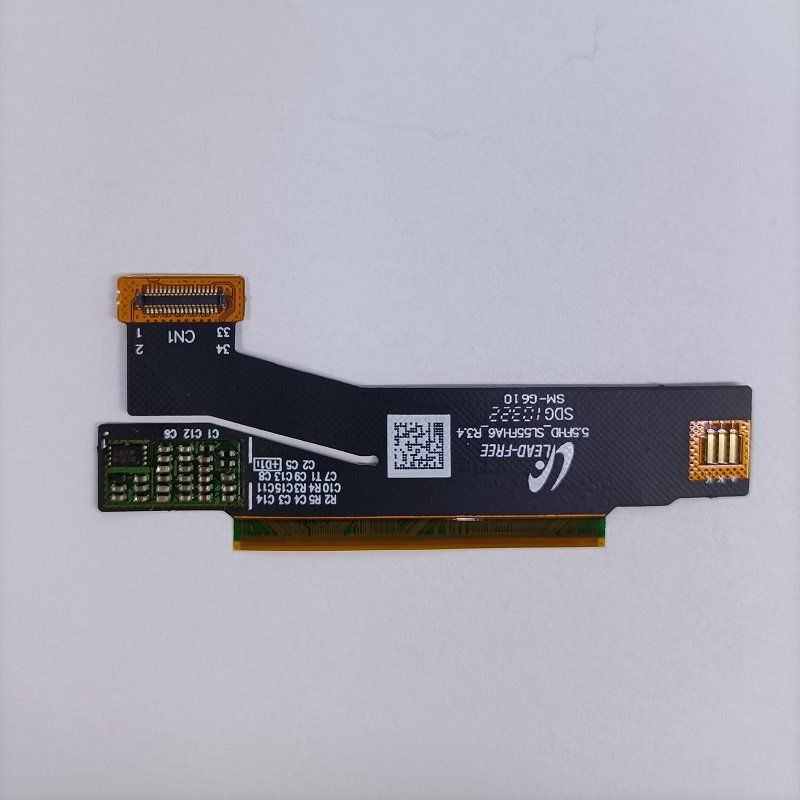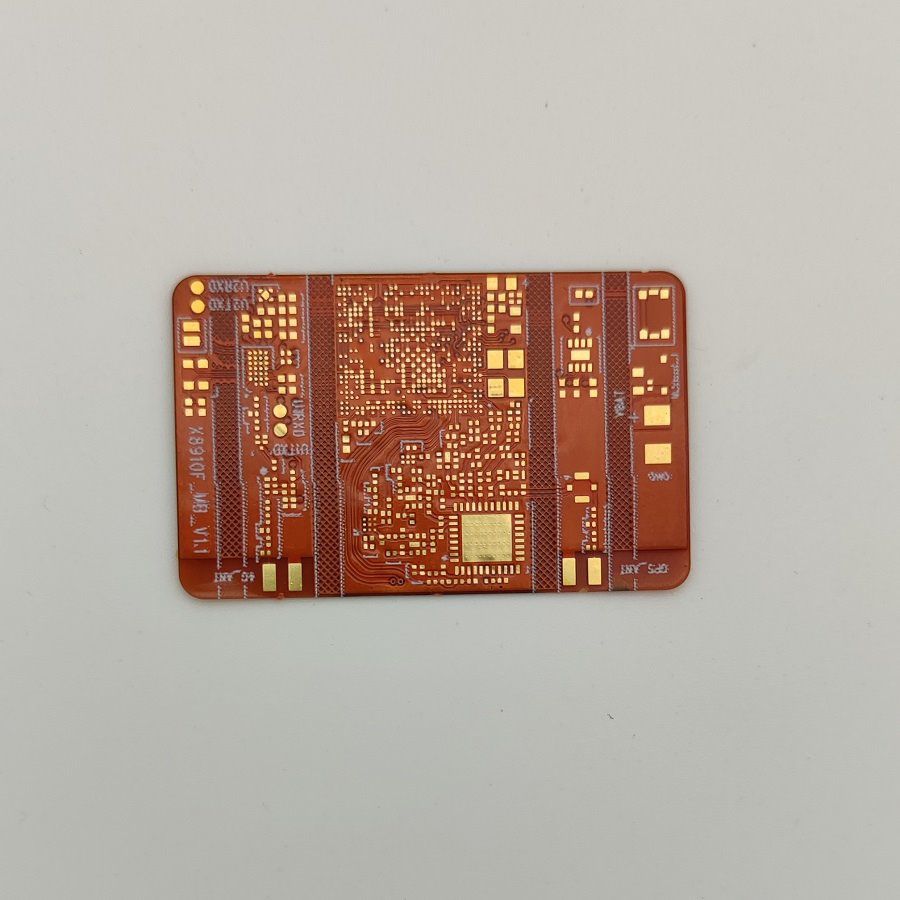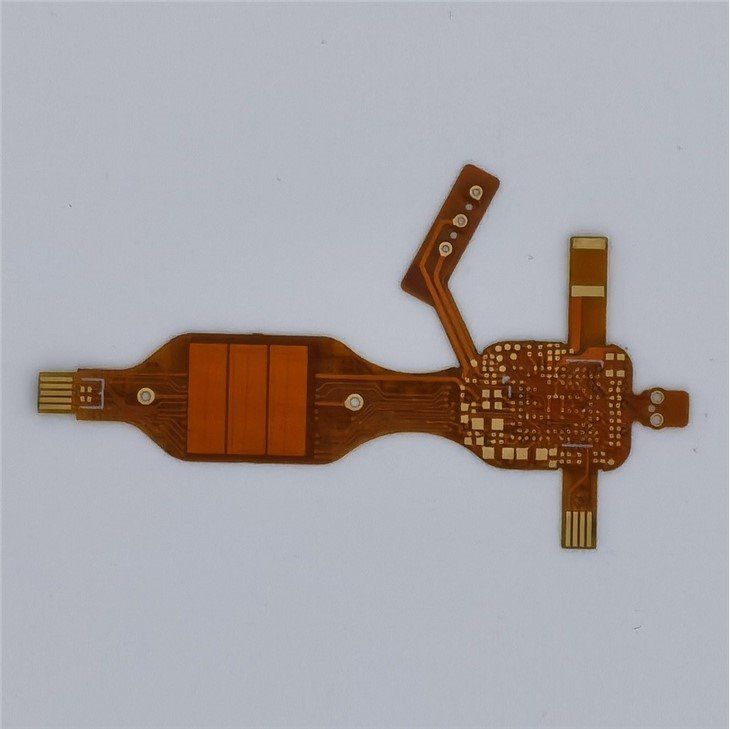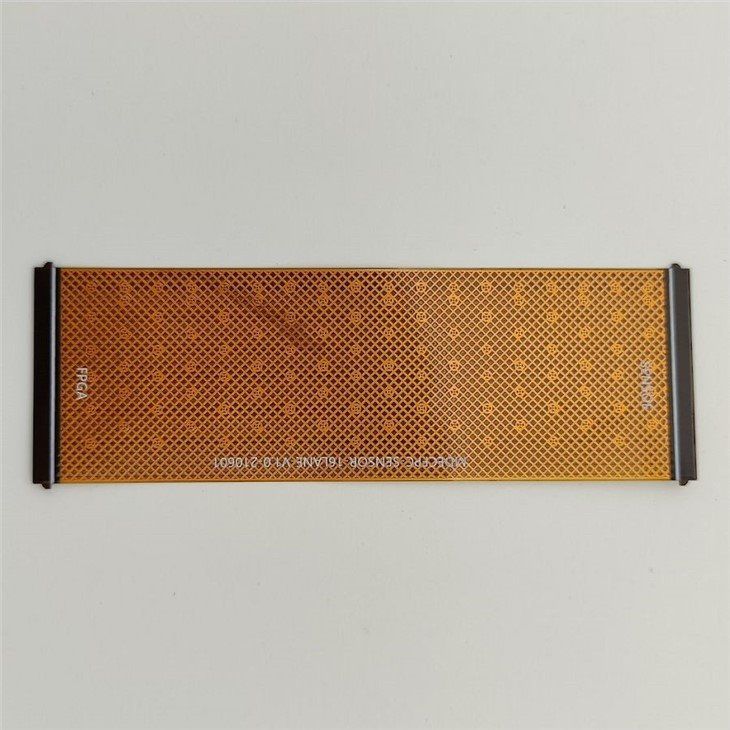ACB, Or printed circuit board, usually referred to as cardboard. It is the supporting body of electronic components and is a very important electronic component. PCB generally uses FR4 substrate, also known as hard board, which cannot be bent or bent. PCBs are generally used in places that do not require bending, so please have a relatively hard strength, such as computer motherboards, mobile phone motherboards, etc.
FPC, Actually, it also belongs to a type of PCB, but it has significant differences from traditional printed circuit boards. It is called a soft board or flexible circuit board. FPC generally uses PI as the substrate, which is a flexible material that can bend and flex. FPC usually operates on links that require repeated bending and some small parts, but now it's not just that. Nowadays, smartphones are all focused on anti bending, which requires the key technology of FPC.
In fact, FPC is not only a flexible circuit board, but also an important way to design three-dimensional circuit structures. This structure can be designed together with other electronic products to build various applications. Therefore, from this perspective, there is a significant difference between FPC and PCB.
For PCBs, circuit boards are generally flat unless the circuit is made into a three-dimensional form through film adhesive. Therefore, FPC is a good solution to fully utilize three-dimensional space. In terms of hard boards, the common space expansion solution currently is to use slots and interface cards, while FPC can create a similar structure with switch design, making directional design more flexible. By using a single FPC CONNECTION, two hard boards can be connected into a parallel line system, and can also be converted to any angle to accommodate different product exterior designs.
FPC can certainly use terminal connections for wiring, but hard and soft boards can also be used to avoid these connection mechanisms. A single FPC can use layout to configure many hard boards and connect them together. This method reduces interference between connectors and terminals, thereby improving signal quality and product reliability. The picture shows the multi chip PCB and FPC architecture produced by soft and hard boards.



















